How Does The Respiratory System Work To Maintain Homeostasis
How does the respiratory system work to maintain homeostasis. How does the circulatory system maintain homeostasis Answered by Dr. The excretoryurinary system help the body maintain homeostasis by filtering waste from blood getting rid. Meanwhile your bones are busy making new blood cells.
Too Many to Say Here. Working together these systems maintain internal stability and balance otherwise known as homeostasis. The respiratory system helps maintain homeostasis by regulating the intake of air into the body and by removing carbon dioxide from the blood which in turn assists the circulatory systems function and many other operations in the body.
All respiratory systems have a high surface area because this allows for more diffusion of oxygen the system must be moist so the gasses diffuse better. The respiratory system supplies oxygen to the blood and removes carbon dioxide. Gas exchange and regulation of blood pH.
Gold statement earrings wedding. Your circulatory system delivers oxygen-rich blood to your bones. Homeostasis is the overall equilibrium of the bodys internal organs and functions.
Every time your heart receives low oxygen blood it starts to pump to the lungs through pulmonary arteries. How do organ systems work together to maintain homeostasis. The gas exchange process is performed by the lungs and respiratory system.
How does the circulatory system maintain homeostasis during exercise. The respiratory system helps maintain homeostasis by regulating the intake of air into the body and by removing carbon dioxide from the blood which in turn assists the circulatory systems function and many other operations in the body. Your circulatory system delivers oxygen-rich blood to your bones.
Posté le novembre 20 2021 par. Thus the circulatory and respiratory system whose function is to obtain oxygen and discharge carbon dioxide work in tandem.
The respiratory system and especially the lungs play an important role in maintaining homeostasis in the body.
As a result your lungs expand to get fresh air thereby transferring oxygen into low oxygenated blood. Homeostasis depends on the ability of your body to detect and oppose these changes. The respiratory system is made of the mouth and nose trachea and lungs. How does the respiratory system maintain homeostasis during exercise. The respiratory system participates in a variety of homeostatic processes and the two most important of these are maintaining pH and regulating gas exchange. The respiratory system and especially the lungs play an important role in maintaining homeostasis in the body. The lungs are essential for gas exchange - helping to keep the right balance of all the gases in our body. Your lungs also increase in size during exercise. Your circulatory system delivers oxygen-rich blood to your bones.
Meanwhile your bones are busy making new blood cells. The respiratory system and especially the lungs play an important role in maintaining homeostasis in the body. How does the circulatory respiratory digestive and nervous system work together to maintain homeostasis. The respiratory system supplies oxygen to your blood and help remove carbon dioxide. Your circulatory system delivers oxygen-rich blood to your bones. How does the respiratory system work with the nervous system to maintain homeostasis. Homeostasis is the overall equilibrium of the bodys internal organs and functions.
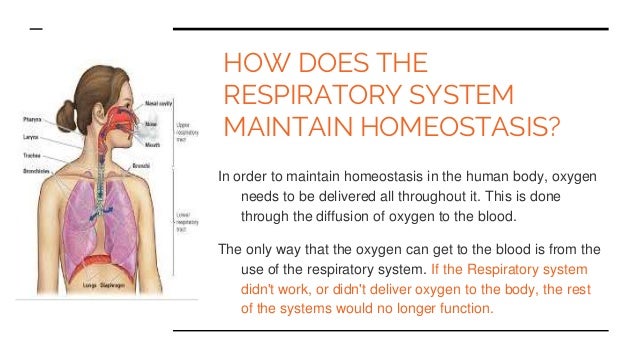
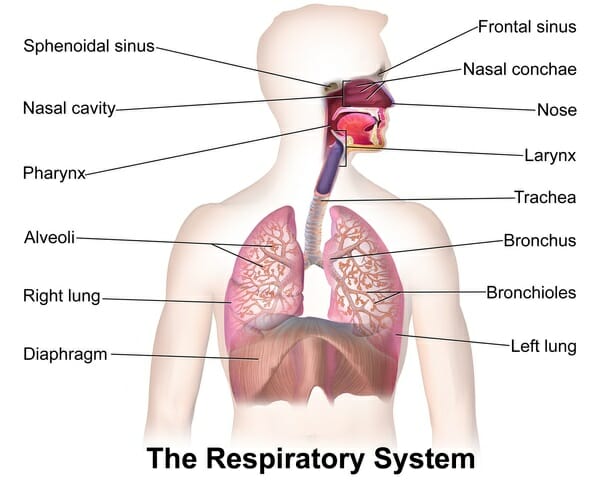

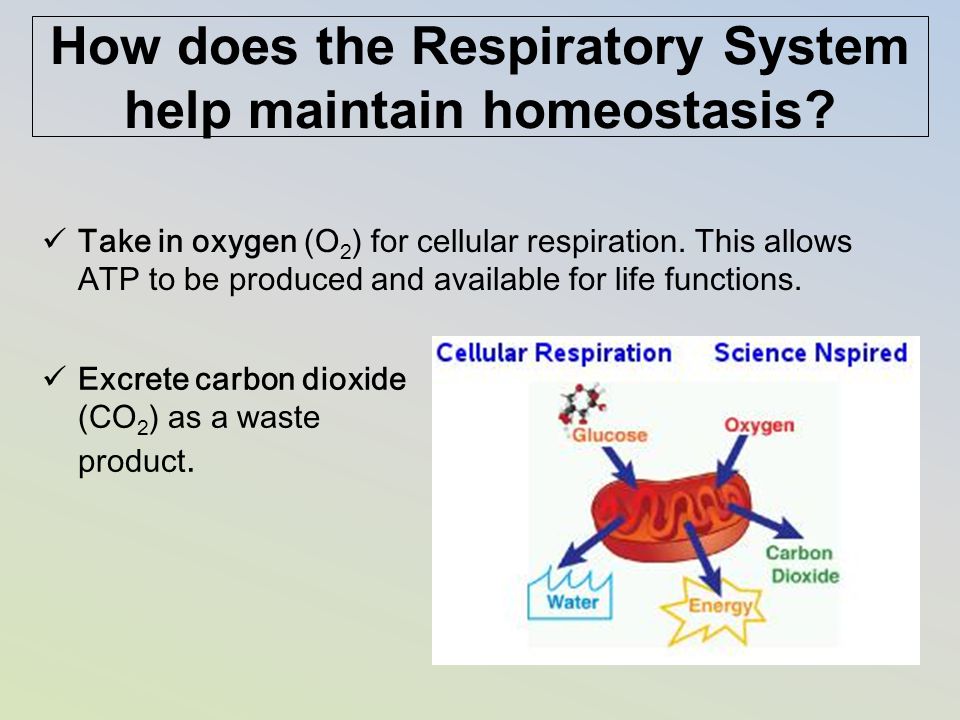

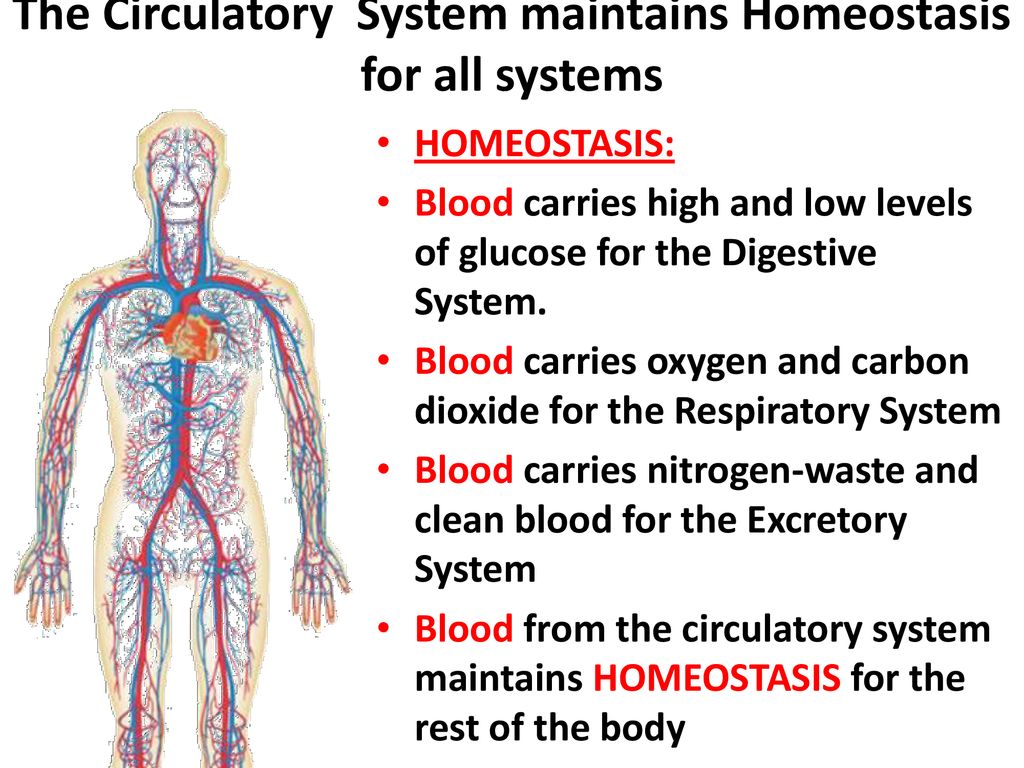




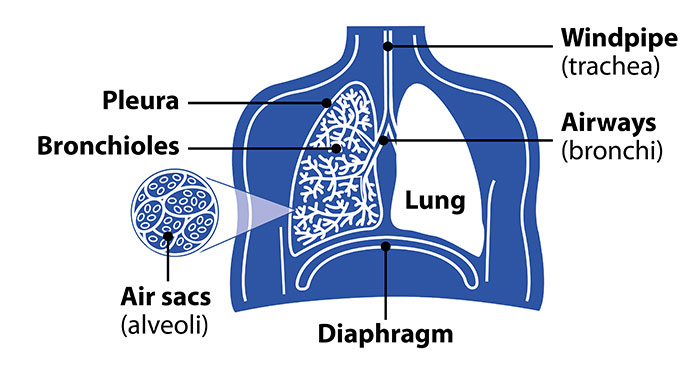


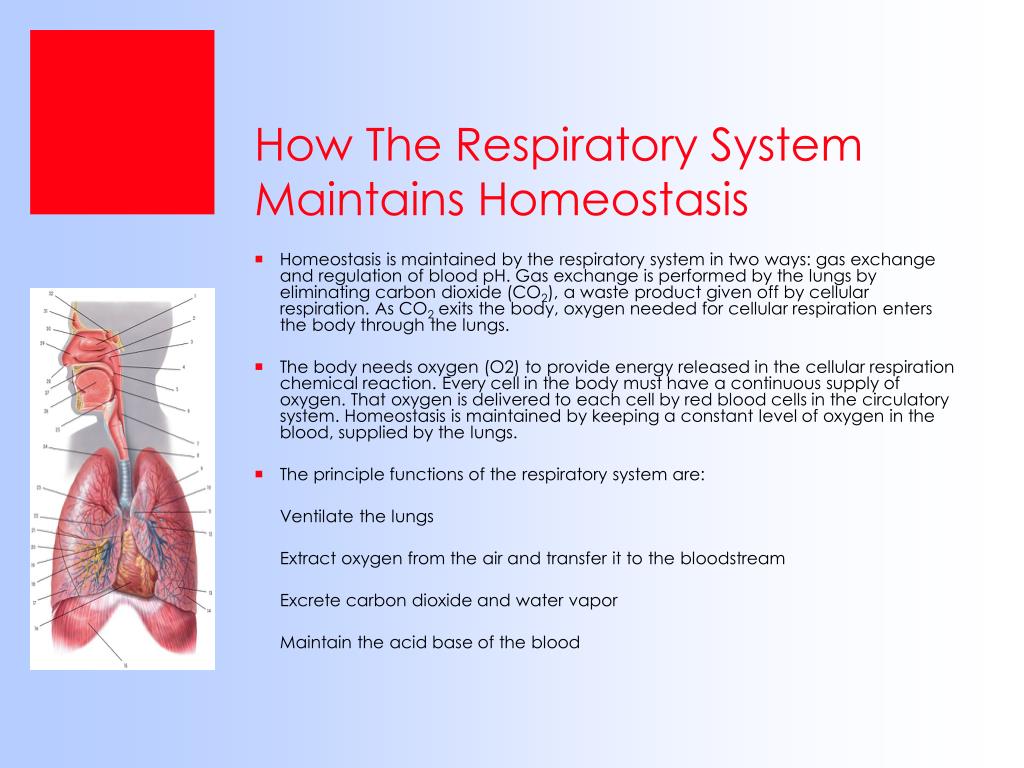


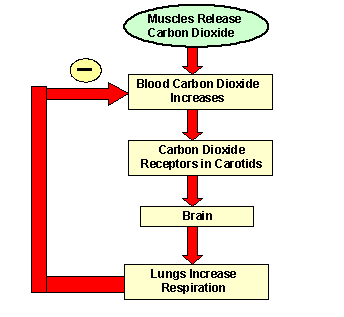
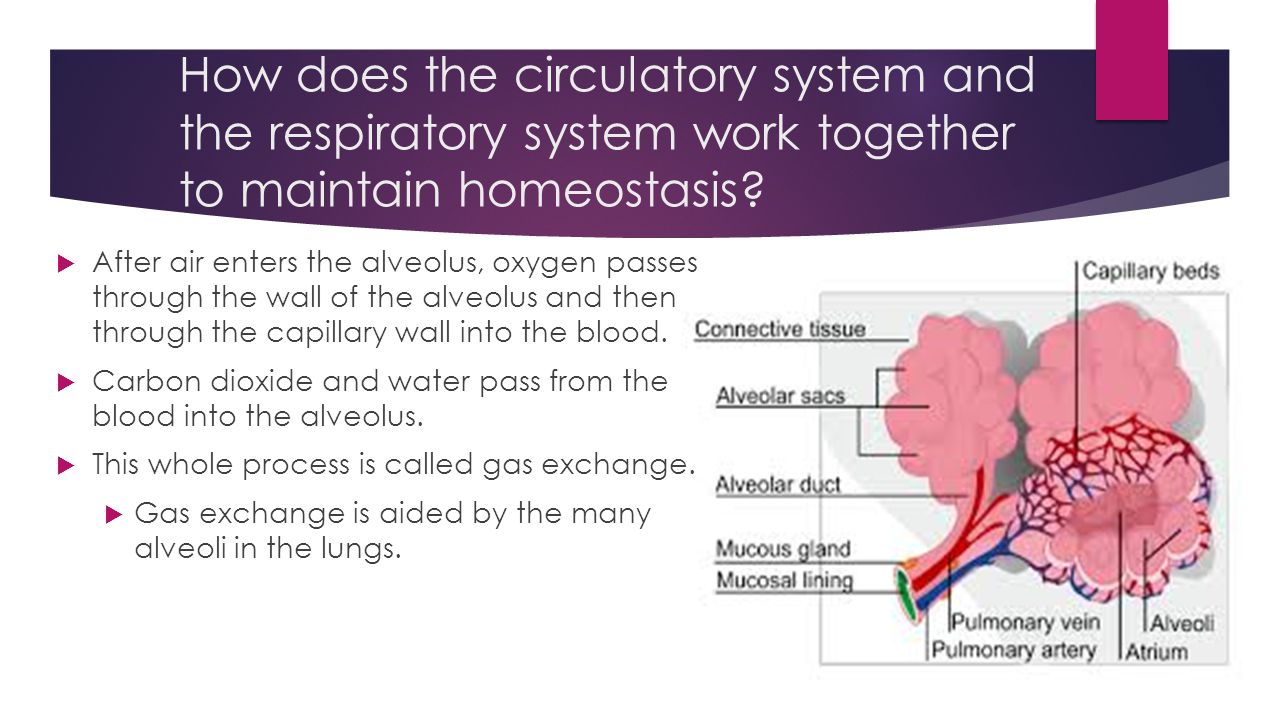
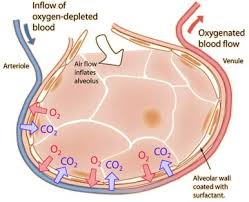

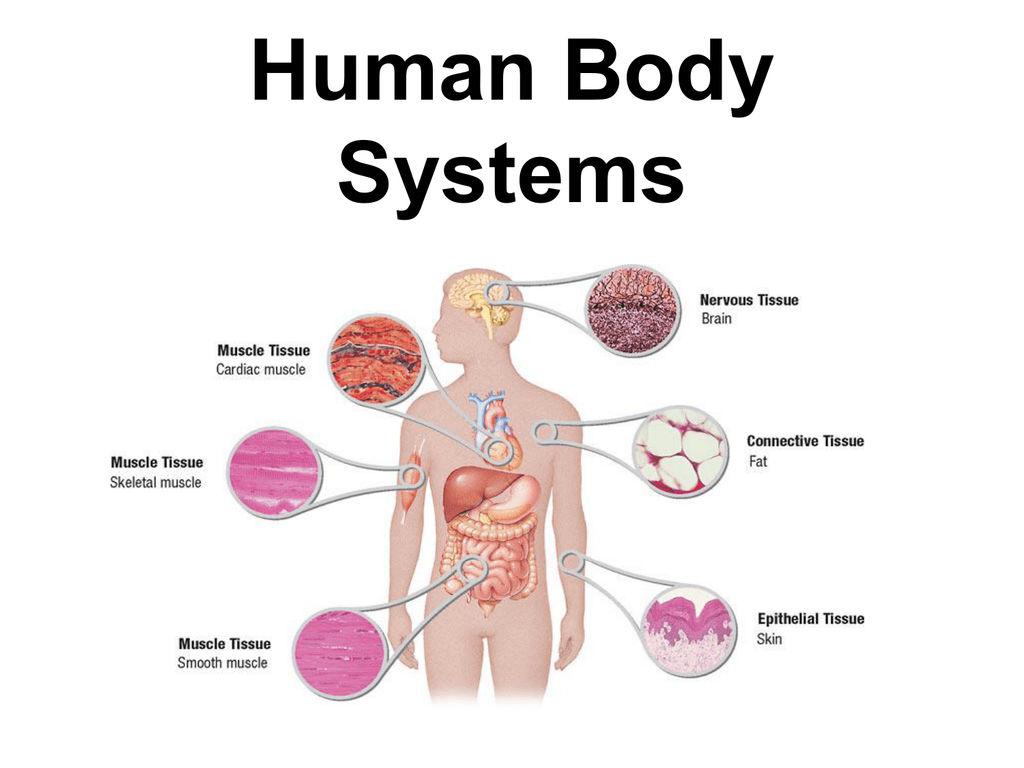
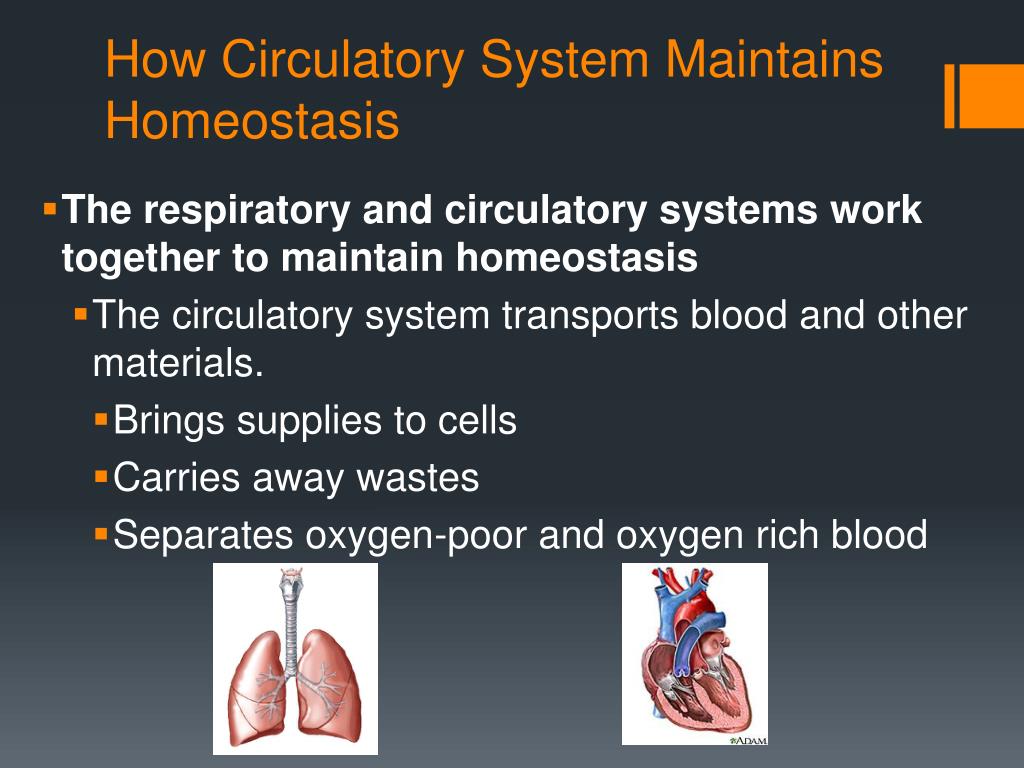
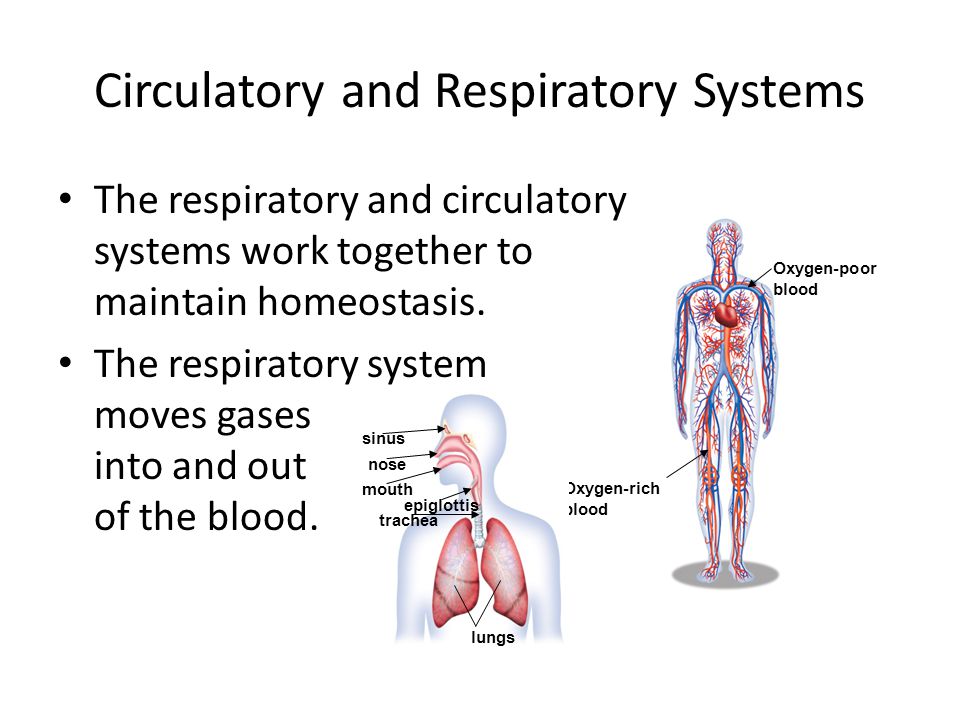
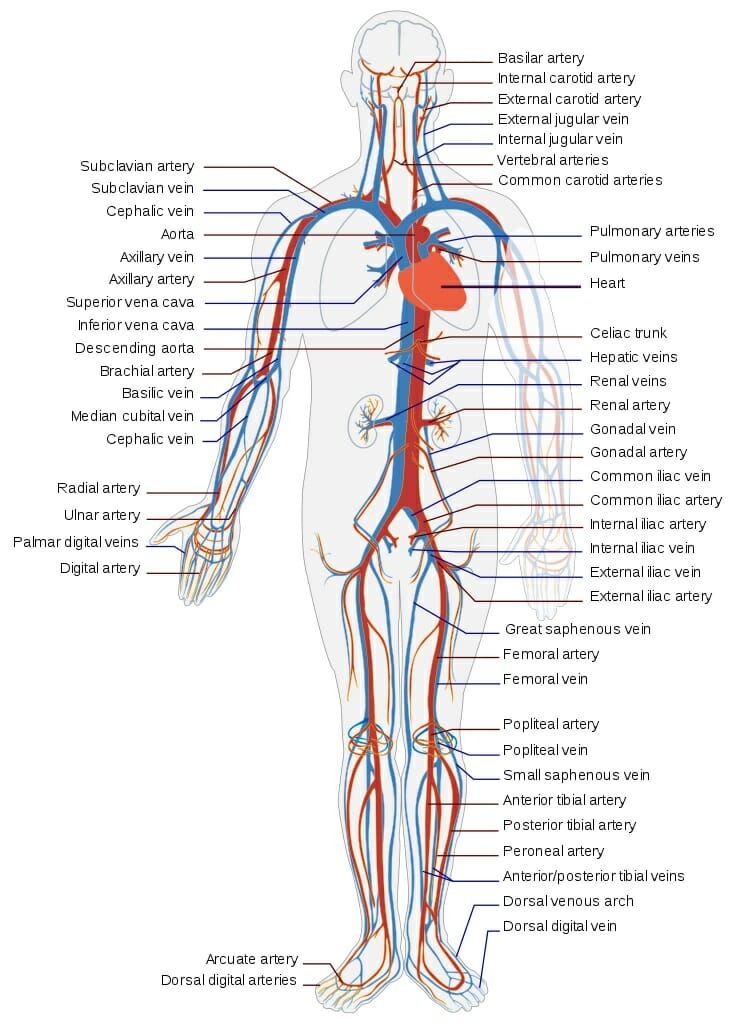

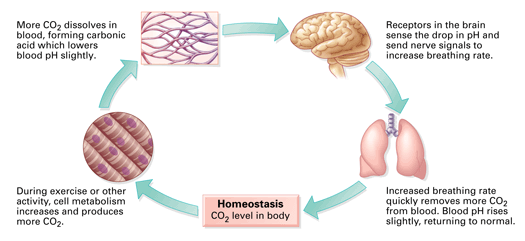
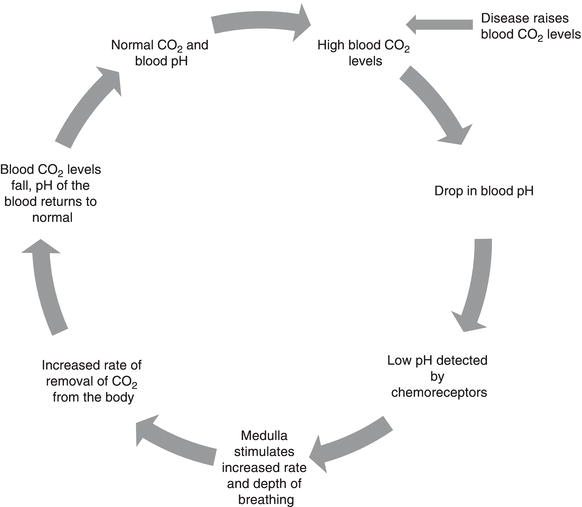


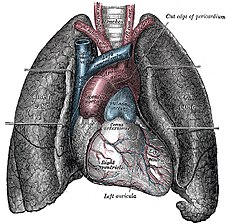

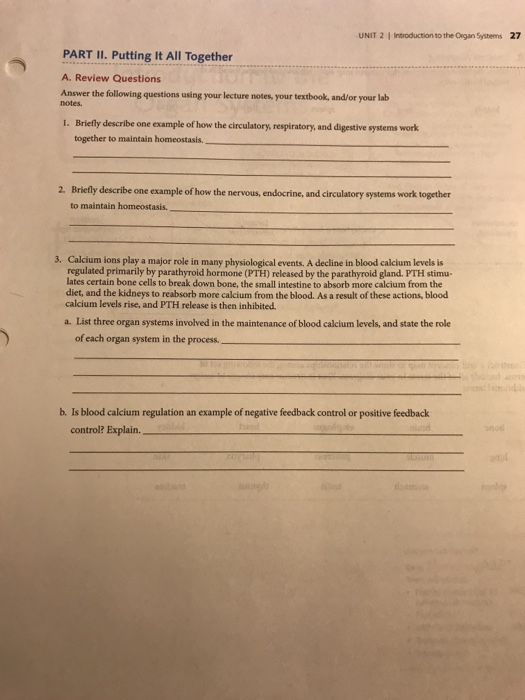


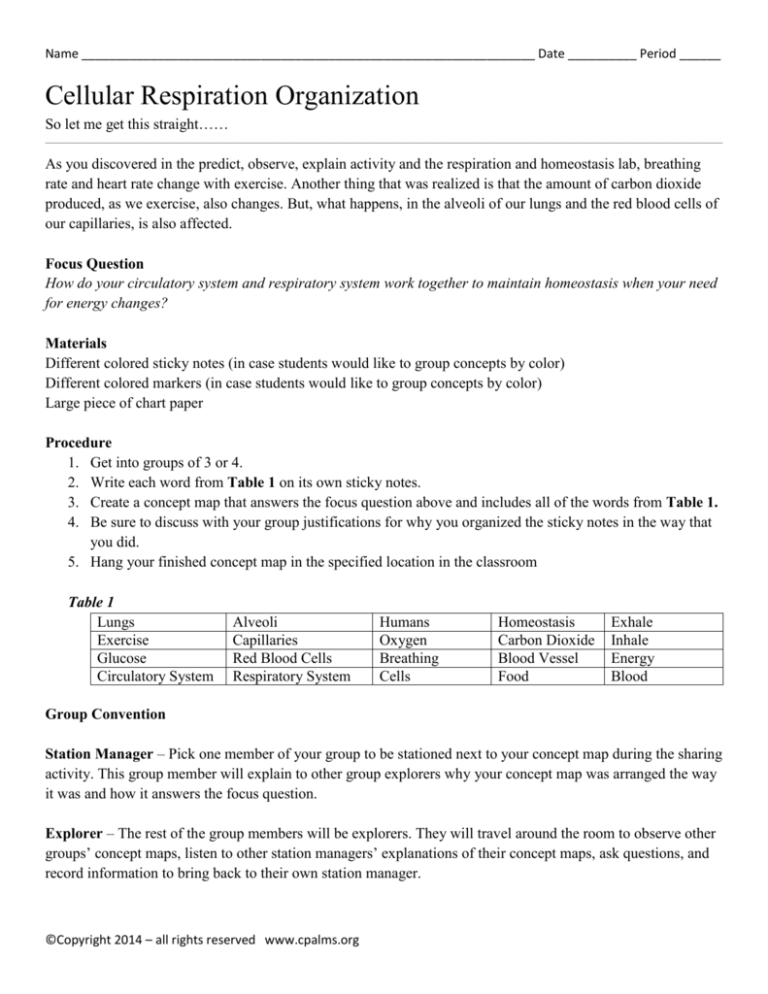

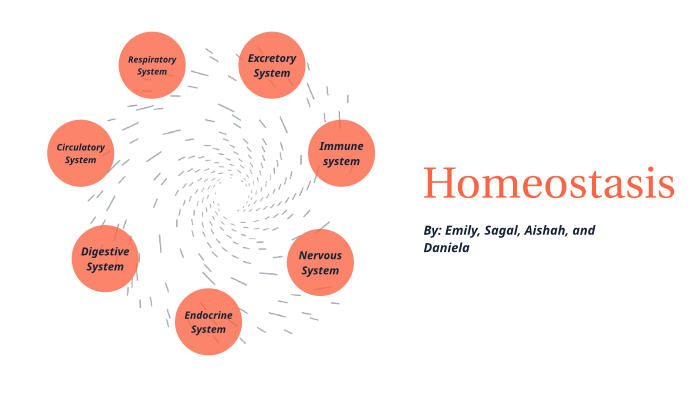
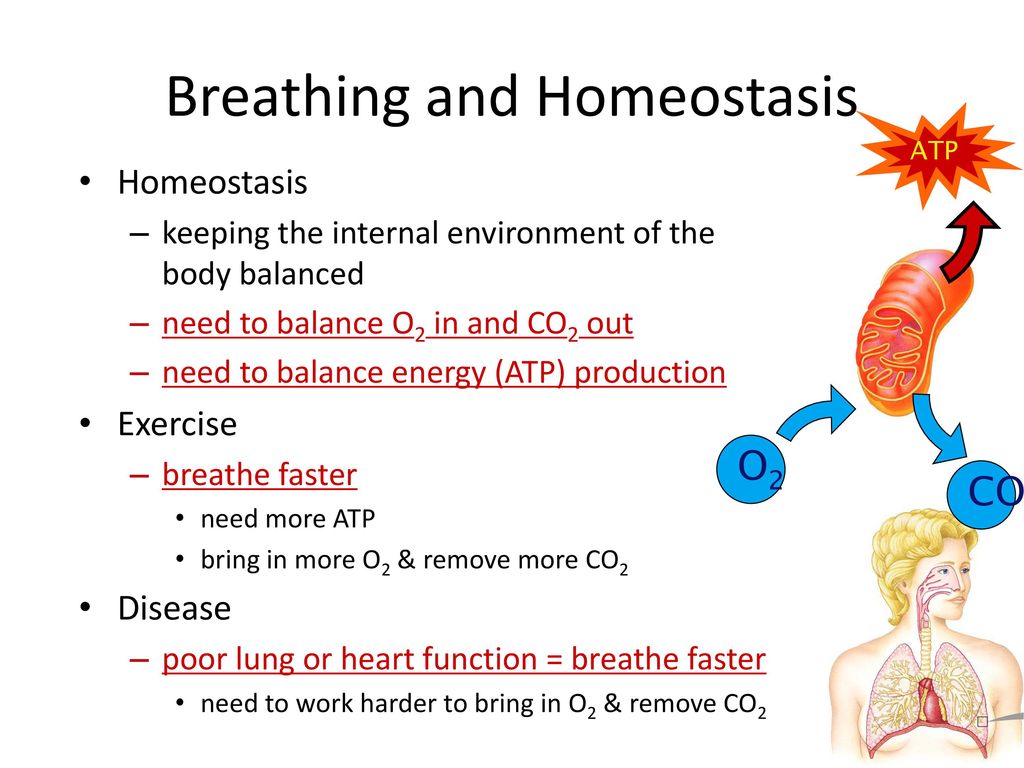

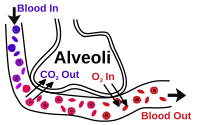



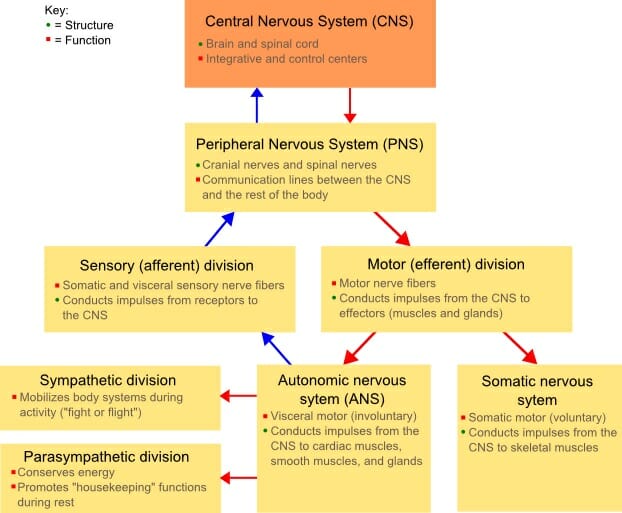
Posting Komentar untuk "How Does The Respiratory System Work To Maintain Homeostasis"